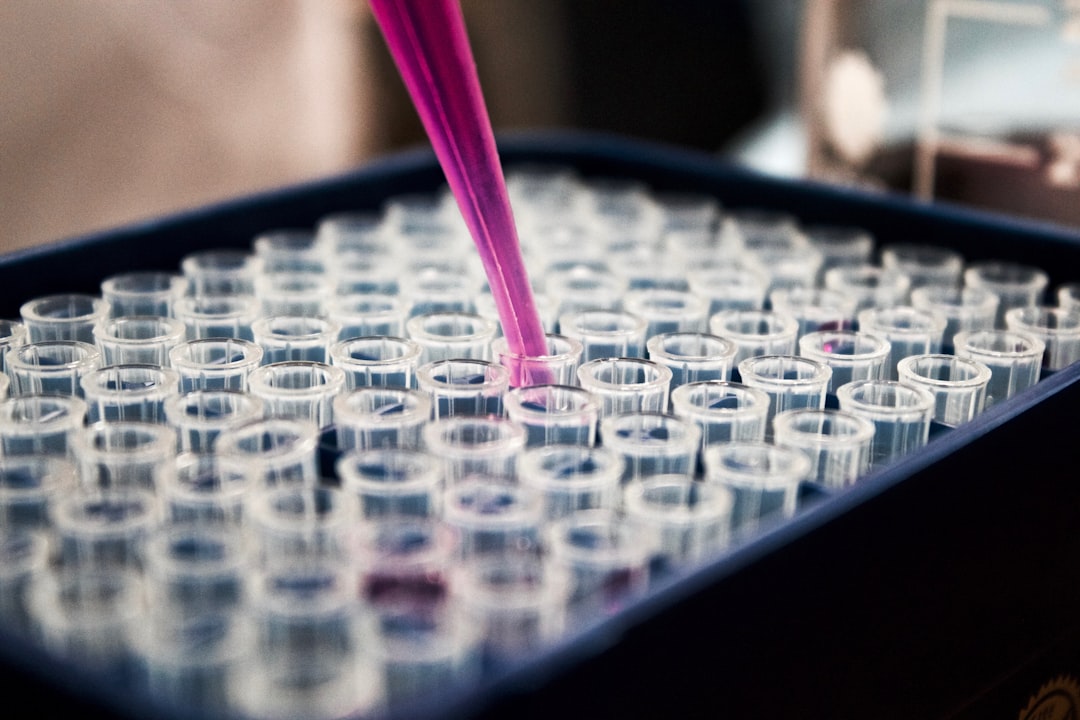Before understanding the secrets that are held behind Nepal Mad honey, lets us have a look as t what is Honey as a substance so we can understand the real complex and simplistic manner in which honey affects our lives.
Honey is a complex but natural production system that is accomplished by a complex production system between a certain plant’s nectar and the bee and its honeydew and is so natural it can be consumed directly without any post-production.
Honey can have many different and varying compositions all depending on:
- 1: species of the honeybees
- 2: honeydew sources
- 3: flora and their origin
- 4: geographic region
- 5: climate
- 6: weather
- 7: manipulation
- 8: processing
- 9: packaging
- 10: time of the storage,
Most kinds of honey are composed of basic ingredients all manufactured and processed through the bees themselves such as:
- 1: sugars
- 2: other substances,
- i.e., minerals
- vitamins
- proteins
- organic acids
- aromatic acids
- and waxes
The use of honey can be backdated to as far back as ancient times even further back as 2000 BC and has been used for medicinal purposes such as:
- colds
- wound healing
- diabetes
- sexual stimulation
- hypertension
- diabetes
- ulcers
- gastritis.
Containing over 181 substances honey is one of the most remarkable substances found on earth
Values at per 100-gram honey
1 Total carbohydrates 82.4 g
2 Glucose 31.28 g
3 Maltose 7.31 g
4 Fructose 38.5 g
5 Sucrose 1.31 g
6 Amino acids 0.3 g
7 Total acids 0.57 g
8 Moisture content 17.1 g
9 Nitrogen 0.041 g
10 Ash 0.169 g
11 Calcium 6.00 mg
12 Phosphorous 4.00 mg
13 Potassium 52 mg
14 Iron 0.42 mg
15 Magnesium 2.00 mg
The main difference between commercial honey and Mad honey is that it is contaminated with grayanotoxin an intoxicating/poisoning effect
Mad honey
Extracted from the pollen of the plants of the Rhododendron genus (Ericaceae family) Grayanotoxins are diterpenes, polyhydroxylated cyclic hydrocarbons, with no nitrogen. which causes intoxication and is extracted by honey bees from the nectar and pollen of :
- 1: R. luteum
- 2: R. flavum
- 3: R. simsii
- 4: R. ponticum.
Together they all known as or called grayanotoxins or also known:
- hodotoxins.31,32,132
- acetylandromedols
- andromedotoxins.33
Although originally and widely used in used Nepal cases of Nepal Mad honey has been reported in places like:
- Turkey
- China
- Philippines
- Korea
*Indonesia
*Japan
*Austria
*Germany
*Brazil
*and some countries of North America










